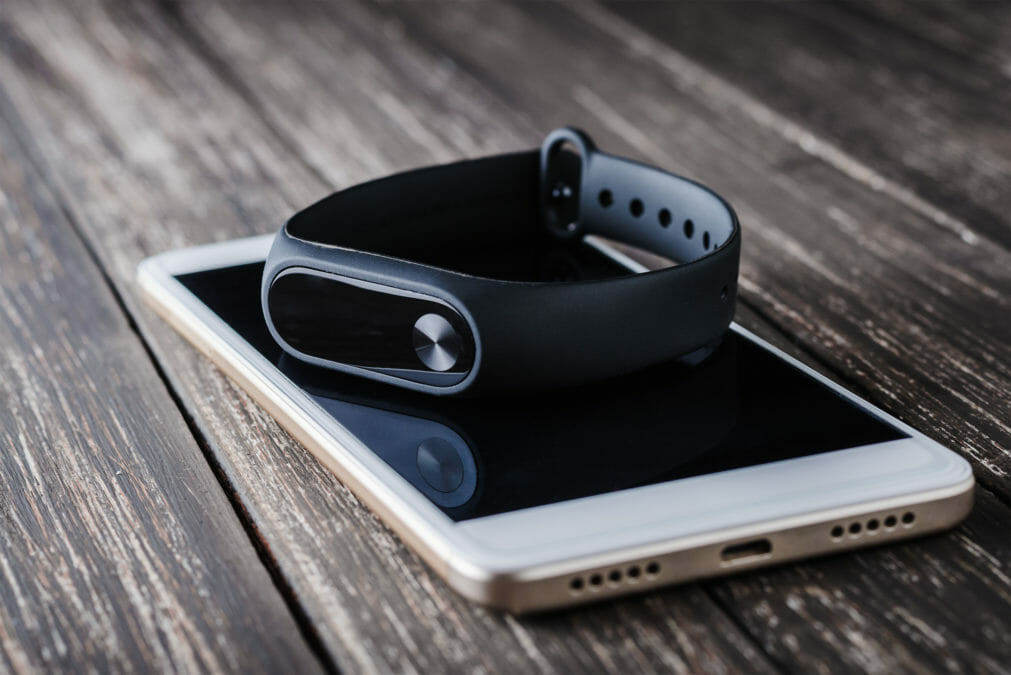Google and Fitbit: a match made in heaven? Not without an integration strategy.
Google’s $2.1 billion acquisition of Fitbit is a bold, but unsurprising move against the king of wearables, the Apple Watch — but there are many things that can go wrong. Poor integration is often at the root of bumpy rides for ambitious companies and Google will be wise to pay close attention to how it brings Fitbit on board.
Both Google and Fitbit, of course, gather an enormous amount of sensitive consumer data. Tight control needs to be kept over data management as the two merge, to avoid leaving doors open to devastating data breaches. Pitch-perfect integration between each company’s business processes will also be key in avoiding service glitches which users may find hard to forgive, like Three’s most recent outage.
Fitbit: from start-up to global health phenomenon and lifestyle choice
Mike Kiersey, integration expert and principal technologist for Boomi (a Dell Technologies business), explained to Information Age how Google can intergate with Fitbit and make the acquisition a success:
“The reality is that the process of integration has the potential to make communication within a business difficult. Google needs to take into account that integration can sometimes take as long as 18 months, and if communication is lacking then vital business processes are slowed and employees will get tied up with time-consuming administrative tasks when their skills could be better utilised elsewhere. For Google to successfully absorb Fitbit, integration needs to be broken down into manageable chunks, allowing for a seamless transition into a modern network to enable other business units to capitalise on its acquired capabilities. By having an integrated system, data points become more accessible and clear, united by master data management which has the potential to cross-departmental and geographic borders in an agile, yet controlled manner.
“For organisations to run safely and efficiently, data needs to be accessible and wrapped with the correct governance. The ideal scenario for Google here is to be able to access raw data from a single platform, where it can decide which innovation approach to take for their customers, partners and employees.”
Why did Google acquire Fitbit?
Google has been looking to enter the wearable market for sometime now; it bought intellectual property related to smartwatches in January from Fossil for $40 million.
Aside from the obvious massive (health) data play, which raises significant data privacy questions, Rick Osterloh, senior vice president of devices and services for Google, described the impending acquisition as “an opportunity to invest even more in Wear OS [something that needs improvement] as well as introduce Made by Google wearable devices into the market,” in a recent blog post.
He said that “by working closely with Fitbit’s team of experts, and bringing together the best AI, software and hardware, we can help spur innovation in wearables and build products to benefit even more people around the world.”







